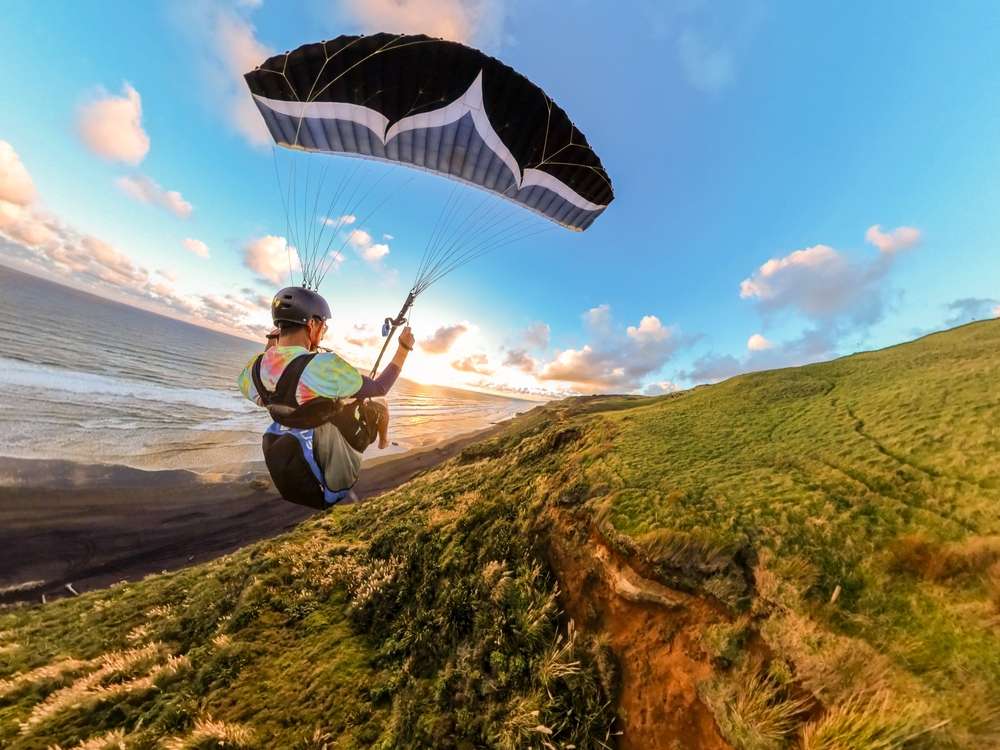Tucked down in the calm Bay of Islands, the Waitangi Treaty Ground is evidence of New Zealand’s rich cultural legacy. More than just a beautiful location, this famous landmark is the national cradle of Māori and European histories, entwining to form the fabric of contemporary Aotearoa. Offering guests a great look into the past and a better awareness of the present, the narrative of the Waitangi Treaty Ground is one of unity, struggle, and resiliency.
A Meeting of Two Worlds
Early in the 19th century, a period of significant change for New Zealand, the story of the Waitangi Treaty Ground started. Arriving in growing numbers, European immigrants, missionaries, and traders brought fresh ideas, technology, and difficulties. For the indigenous people of New Zealand, the Māori, this era was a turning point in their history. As the Māori tried to negotiate the complexity of this new relationship, the entrance of Europeans brought both possibilities and hazards.
Driven to control the rising population and prevent rival colonial powers, the British Crown was keen to achieve dominion over New Zealand by 1840. However, the British also understood the need to get the Māori chiefs’ permission. This resulted in the writing of the Treaty of Waitangi, meant to establish cooperation between the Crown and the Māori.
Representatives of the British Crown and more than forty Māori chiefs assembled at Waitangi on February 6, 1840, to sign the treaty. Since then, the site of this historic event has come to represent New Zealand’s foundation moment. Still, there was debate about the treaty itself. Written in both English and Māori, the two versions had minor but essential variations in meaning that would cause misinterpretation with long-lasting effects.
NEW ZEALAND VISA FOR ISRAELI CITIZENS
The Legacy of the Treaty
Though its legacy is complicated, the Treaty of Waitangi is sometimes cited as New Zealand’s founding instrument. The treaty guaranteed the Māori their rights to land, resources, and self-governance, therefore offering a promise of protection and cooperation. For the British, it was a tool for imposing discipline and authority. These interpretations caused tensions and disputes following the signing, including the 1860s New Zealand Wars.
Notwithstanding these difficulties, the treaty has been a pillar of New Zealand’s identity. Established in the late 20th century to handle past disputes and guarantee the maintenance of treaty values, the Waitangi Tribunal emerged. This continuous reconciliation process has strengthened the Māori and the Crown’s connection. Hence, the Waitangi Treaty Ground is a site of hope and contemplation.
A Living Cultural Experience
For anyone trying to grasp New Zealand’s past and culture today, the Waitangi Treaty Ground are a must-see site. Among the various notable sites are the Treaty House, the carved meeting house Te Whare Rūnanga, and Ngātokimatawhaorua, the biggest ceremonial war canoe in the world. Each building relates a narrative and gives guests a physical link to the past.
Built originally for British Resident James Busby, the Treaty House is a delightful specimen of colonial architecture. Carefully maintained to mirror its 19th-century beginnings, it offers a window into the life of early colonists. Te Whare Rūnanga, close by, is a striking emblem of Māori artistry and culture. Representing the oneness of the Māori tribes, this finely carved meeting house hosts events and festivities, including cultural performances.
A 35-meter-long waka taua (war boat), Ngātokimatawhaorua offers among the most breathtaking views in Waitangi. Designed from large kauri trees and able to carry up to 80 paddlers, this canoe is evidence of the Māori people’s talent and inventiveness. Every year on Waitangi Day (February 6), the waka is presented in a dramatic exhibition of cultural pride and legacy.
NEW ZEALAND VISA FOR NORWEGIAN CITIZENS
A Place of Reflection and Connection
Seeing the Waitangi Treaty Ground offers a chance to interact with New Zealand’s vibrant culture rather than only a historical trip. Guided tours, led by informed residents, provide an understanding of the treaty’s importance and how it affected the country. In a poignant and unforgettable way, cultural events, including the rousing haka and traditional waiata songs bring the past alive.
Many people find great emotional resonance on the Waitangi Treaty Ground. Here, the promise of a common future is embraced, and the hardships and achievements of the past are respected. It is difficult not to feel connected to the land and its people as you stroll over the verdant grounds, listening to the soft lapping of the bay’s waters and the rustle of the pohutukawa trees.
A Journey Worth Taking
The Waitangi Treaty Ground is a live, breathing representation of New Zealand’s path as a country, and it is not only a historical landmark. From the signing of the treaty to the continuous efforts of reconciliation, this famous site depicts a story that is distinctly New Zealand and generally human. Here, history is remembered and felt as the past and present collide in a potent and significant manner.
Whether your interests are history, culture, or travel, a visit to the Waitangi Treaty Ground will remain with you long after you depart. It reminds us of the need for communication, the need for knowledge, and the continuous spirit of a country founded on cooperation and respect.
Also Read: 10 Historical Sites in New Zealand Every History Buff Should Visit



